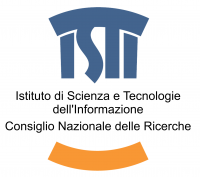Andrea Arcà
Considering the large amount of chronological and meaningful information they may provide, rock art figures, although someway immaterial, act as real archaeological findings. A main deal in rock art recording is the obtaining of the best reproduction of such iconographic items, in order to reach the most detailed and scientifically correct data-sharing among the discipline scholars. At the same time, like for any archaeological research, a large set of alphanumeric data is to be collected, assembled and exposed. In this sense, we may intend as recording the gathering and the organising, by the means of various techniques, of different types of data, like graphic or photographic reproductions, quantitative measures, geo-tagging, record filling – boolean and descriptive fields – 2D and 3D acquisition and modelling.
Relating to rock art research, which is the role of computer aided practices among these experiences? Is it possible only to compute quantitative data or there is also a way towards a qualitative recipe? Which specific cases of study may be presented? On the other side, which larger comprehensive field-recording campaigns or post-processing tasks – including, e.g., database or archive management, publication, press-comunication, online sharing – may be exposed? Which projects may be proposed? Which is the role of the Internet archive, intended as a huge repository or like an indispensable means of communication?
All the different hardware or software related aspects may be explored, both in exposing the use of factory machines and branded software or in projecting and building/compiling our own tools.
Two main goals may be faced by this session: a picture of the state of the art in the rock-art research field and a suggestion for the best common practices, eventually adapted to each different engravings/painting technique. Both the two may consider which path has been travelled in the past and, mainly, which would be the way for the future.


